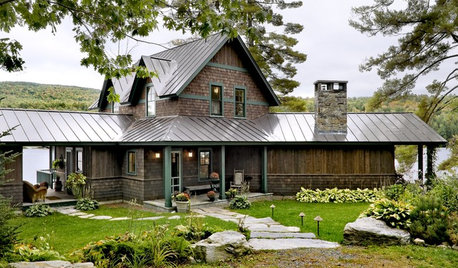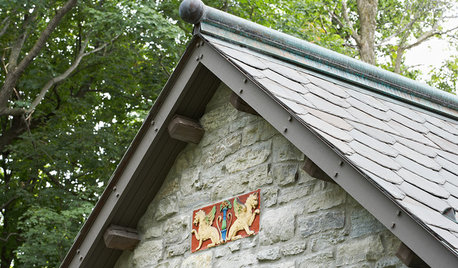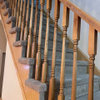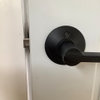Roof vent leak
zubini
14 years ago
Related Stories

ARCHITECTUREHave Your Flat Roof and Your Snow Too
Laboring under the delusion that flat roofs are leaky, expensive and a pain to maintain? Find out the truth here
Full Story
REMODELING GUIDESMaterials: The Advantages of a Metal Roof
Metal reigns in roofing style, maintenance and energy efficiency
Full Story
MATERIALSThe Most Popular Roofing Material is Affordable and Easy to Install
Asphalt shingles, the most widely used roof material in the U.S. are reliable and efficient, and may be right for you
Full Story
ARCHITECTUREDesign Workshop: The Shed Roof
This popular — and versatile — form straddles the divide between contemporary and traditional styles
Full Story
ARCHITECTUREKnow Your House: Learn the Lingo of Rooftops
Knowing the language of rooftop design will help you through your next repair or remodel project
Full Story
GREEN BUILDING6 Green-Roof Myths, Busted
Leaky, costly, a pain to maintain ... nope, nope and nope. Get the truth about living roofs and see examples from simple to elaborate
Full Story
ARCHITECTUREPitched Roofs Make a Point in Modern and Contemporary Homes
Flat roofs may be the modernist standard, but angled ones say 'home' loud and clear. See how architects are giving pitches a place today
Full Story
ROOFSNo Substitute for the Natural Beauty of Wooden Roof Shingles and Shakes
This natural, renewable roof option brings weathered character and nostalgic appeal to traditional-style homes
Full Story
REMODELING GUIDESLiving Roofs Crown Green Design
Living roofs save energy, improve air, water, curb appeal — and the view from above doesn't hurt either
Full Story
ROOFSWhat to Know Before Selecting Your Home’s Roofing Material
Understanding the various roofing options can help you make an informed choice
Full StoryMore Discussions










kudzu9
zubiniOriginal Author
Related Professionals
Gilbert Kitchen & Bathroom Remodelers · Hickory Kitchen & Bathroom Remodelers · Linton Hall Kitchen & Bathroom Remodelers · Bay Shore General Contractors · Bound Brook General Contractors · Brighton General Contractors · Natchitoches General Contractors · Oneida General Contractors · Summit General Contractors · Carson Painters · Damascus Painters · Kenosha Painters · Poinciana Painters · Santa Clarita Painters · Yonkers Paintersmacv
kudzu9
zubiniOriginal Author
macv
zubiniOriginal Author
GammyT
macv
zubiniOriginal Author